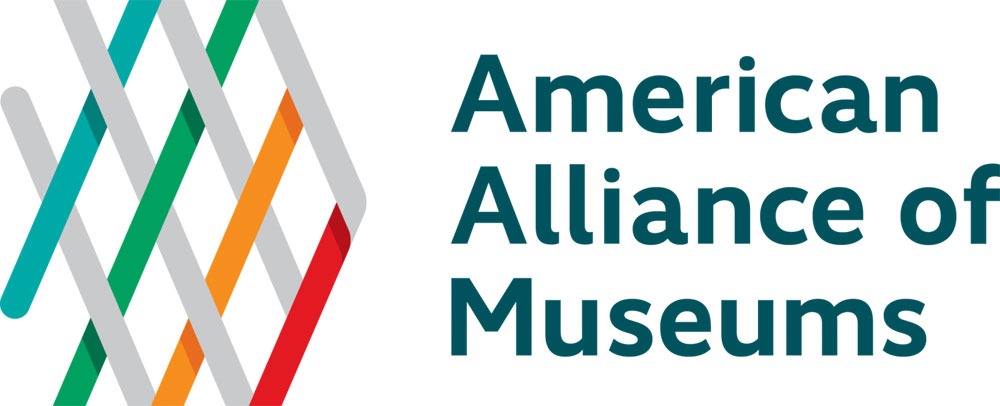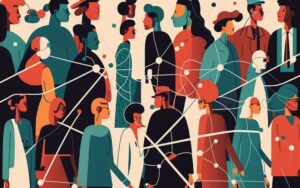
March 19, 2020; Hyperallergic and ArtFix Daily
In the earliest moments of our nation’s birth, 13 diverse colonies faced an existential question: would they face the future together or independently? As the spread of COVID-19 continues, devastating lives and communities and shutting down the economy, the nonprofit sector faces a similar moment. We need to defend the collective role that the nonprofit community plays while still ensuring that the unique needs of individual organizations and areas of common interest are recognized.
As the federal government worked feverishly to cobble together what is now the $2 trillion plan now awaiting US House of Representatives approval, NPQ was heartened by a letter for congressional leadership, championed by the National Council of Nonprofits and signed on to by over 100 organizations, that made a strong case for the importance of the nonprofit sector. Their case was strong, and their message was clear and unified about the important role nonprofits of all kinds and sizes play: Big and small, nonprofits fulfill vital functions all across the nation, often serving as an essential vehicle for carrying out the work of government, and both they and their millions of employees are facing severe fiscal damage from necessary social distancing shutdowns, increased demand for services, and loss of donors.
At the same time, it remained important for individual components of the nonprofit sector to emphasize their unique contribution to the communities they serve. According to ArtFix Daily, “On March 18, leaders from US cultural associations did this when the wrote to Senate and House leaders asking for at least $4 billion from Congress to aid nonprofit museums and cultural sites.” A day later, according to Hyperallergic, the New York City-based New Dealers Alliance (NADA), a nonprofit supporting small and mid-size galleries, emphasized the special circumstances of small galleries when they called on local government “to provide relief programs that would consider the circumstances and needs of such businesses.”
The challenges faced by museums and art galleries are real and, if left unattended, will result in permanent damage. As the letter from the American Alliance of Museums says, “Museums of all sizes are experiencing closures, attendance free-fall, canceled events, and actual layoffs.”
Social distancing will have a devastating impact on the nonprofit museum community, which operates on thin margins of financial sustainability, without large designated operational reserve funds…We estimate as many as 30 percent of museums, mostly in small and rural communities, will not re-open without significant and immediate emergency financial assistance.
Not only has COVID-19 shaken the day-to-day business of museums, but the isolation of the population has placed new demands on them.
They are still serving an increase in demand in communities across the United States by providing lesson plans, online learning opportunities, and “drop-off” learning kits to teachers and parents in areas where schools have closed; freely sharing virtual exhibitions and content accessible to those who are otherwise isolated; maintaining their outdoor spaces to provide quiet places to relieve stress during this time of high anxiety; and supporting the families of health care workers and first responders with access to child care and meals.
Sign up for our free newsletters
Subscribe to NPQ's newsletters to have our top stories delivered directly to your inbox.
By signing up, you agree to our privacy policy and terms of use, and to receive messages from NPQ and our partners.
This message of need and plea for designated support of museums and cultural organizations mirrors the case made by the National Council of Nonprofits in its earlier letter asking for inclusion in the federal relief package. Among the entire sector, most nonprofits are small businesses with limited reserves.
Ninety-seven percent of nonprofits have budgets of less than $5 million annually, 92 percent operate with less than $1 million a year, and 88 percent spend less than $500,000 annually for their work. Thus, the “typical” nonprofit is community-based, serving local needs. Also, relatively few nonprofits have an endowment, and most have limited reserves—about 50 percent have less than one month of cash reserves.
Nonprofits of all sizes and shapes are being asked to do more. In particular, “hospitals, community health centers, and senior living communities will continue to be hit hard by the coronavirus.”
Many other nonprofits are responding to the outbreak, such as local Meals on Wheels which are serving their normal community of elderly people and a growing number of individuals under quarantine. The list goes on to include nonprofit food banks, shelters, domestic violence services, houses of worship, early care and education centers, after-school facilities, and more that are being called on to feed, house, and care for people whose lives have been disrupted by closures, job loss, and sickness.
As the smoke clears from the stimulus bill, it is clear that museums may garner modest gains. The New York Times reports that the stimulus bill contains $75 million for the National Endowment for the Arts and $75 million for the National Endowment for the Humanities, which can pass on the money to institutions that need it. Another $50 million was designated to the Institute of Museum and Library Services, which distributes funds to museums and libraries. The Kennedy Center in Washington DC also obtained $25 million.
As for the sector as a whole, the stimulus bill did not contain a specific funding amount targeted for nonprofit organizations. However, very critically, as Tim Delaney outlined for NPQ, the bill did ensure that nonprofits with fewer than 500 employees were eligible for the same funding pool to cover payroll as all other “small businesses.” The bill also includes a provision that allows for all taxpayers in 2020, no matter whether they itemize deductions or not, to claim up to $300 off their taxes, a modest form of the “universal charitable deduction” policy that NPQ has championed.
As this bill is finalized, and after it is passed, it will remain critical for the nonprofit sector to raise its voice. Delaney himself has noted, for example, that advocacy at the state level will be critical in the implementation phase. And, of course, no one expects the current round of stimulus—enormous though it is—to be the final federal word on the pandemic-induced economic freefall.
In short, this remains a moment when the communities we serve, no matter our different roles, are under threat. It will remain important for us to be able to advocate for the transcendent role of nonprofit organizations and for the specific needs of specific components.—Martin Levine












